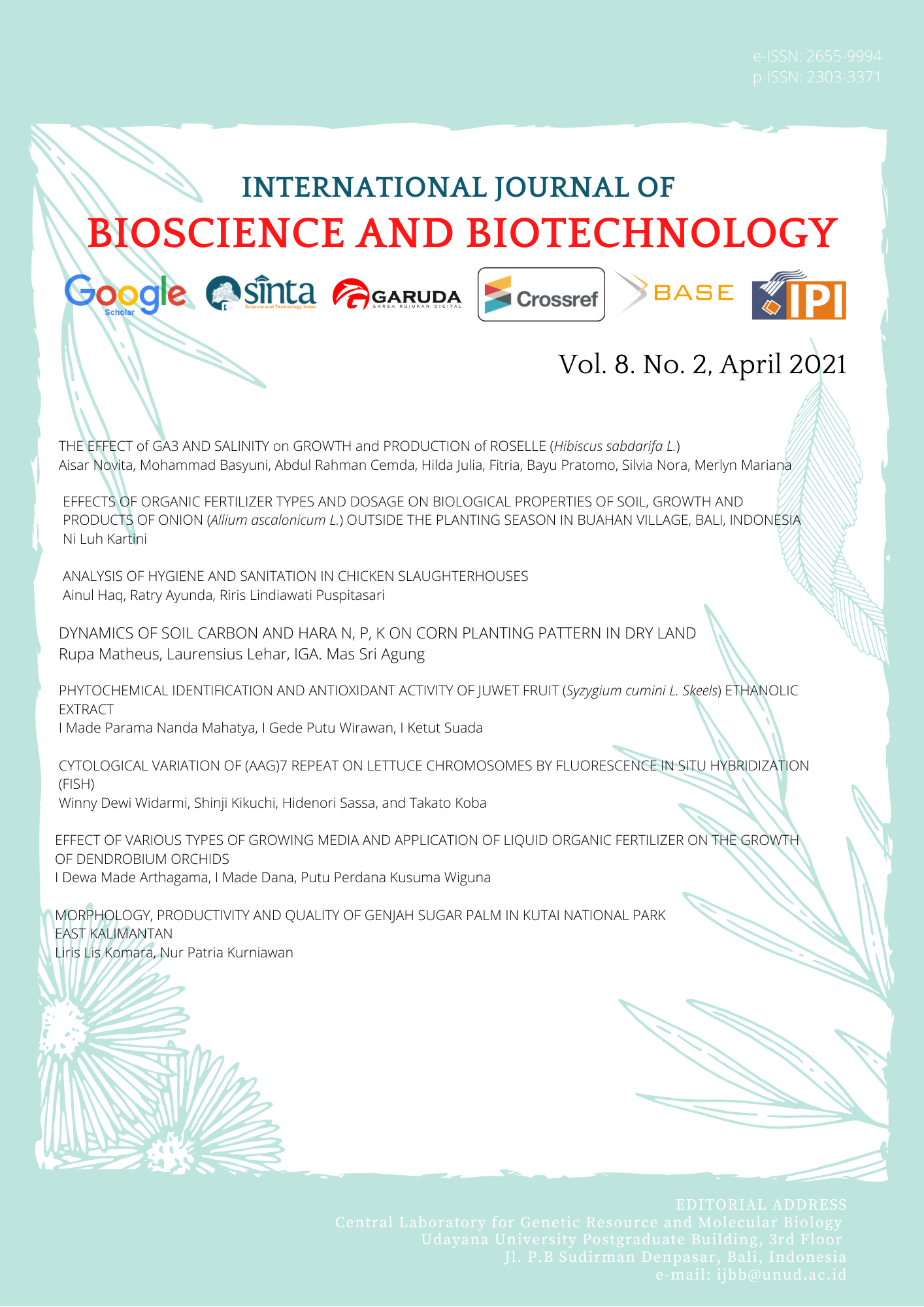MORPHOLOGY, PRODUCTIVITY AND QUALITY OF GENJAH SUGAR PALM IN KUTAI NATIONAL PARK, EAST KALIMANTAN, INDONESIA
Abstract
Kutai National Park is the conservation forest in East Kalimantan, which can be used for community welfare through non-timber forest products utilization. One of the superior commoditty of non-timber forest products in Kandolo Village under the guidance of Kutai National Park is Genjah Sugar Palm (Arenga pinata Merr). This research objective was to determine the morphology, productivity and quality of the east kutai native genjah sugar palm. The materials used are fresh sap, the method of making palm sugar was by heating for 3 hours to evaporate the water. The heating is ended after it becomes thickened. After thickening, the stew is immediately removed from the heat. Before printing the thick sap is stirred so the heat is more evenly distributed. The result of research shows that the morphology of genjah sugar palm is very unique, because it has a short tree shape and a production age of 5-6 years. The productivity was quite high, the yield of sap is more than 12 liters day-1 , the duration of tapping is > 3 months tree1 . The chemical compound quality of genjah palm sugar had water content, ash, sacrose, reducing sugar, copper and mercury content of 2.24%, 1.76%, 95.48%, 1.02%, 1.62 ppm and 0.01 ppm






